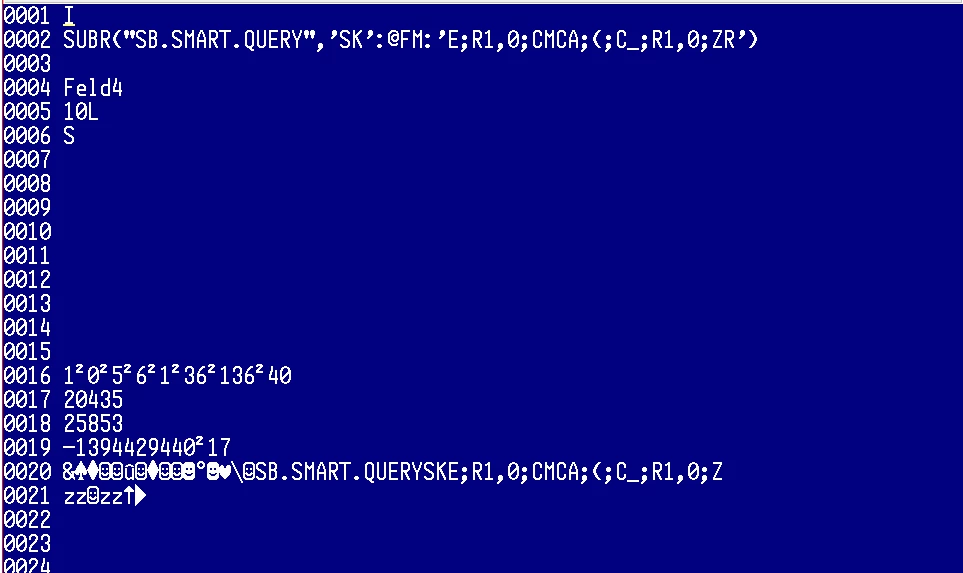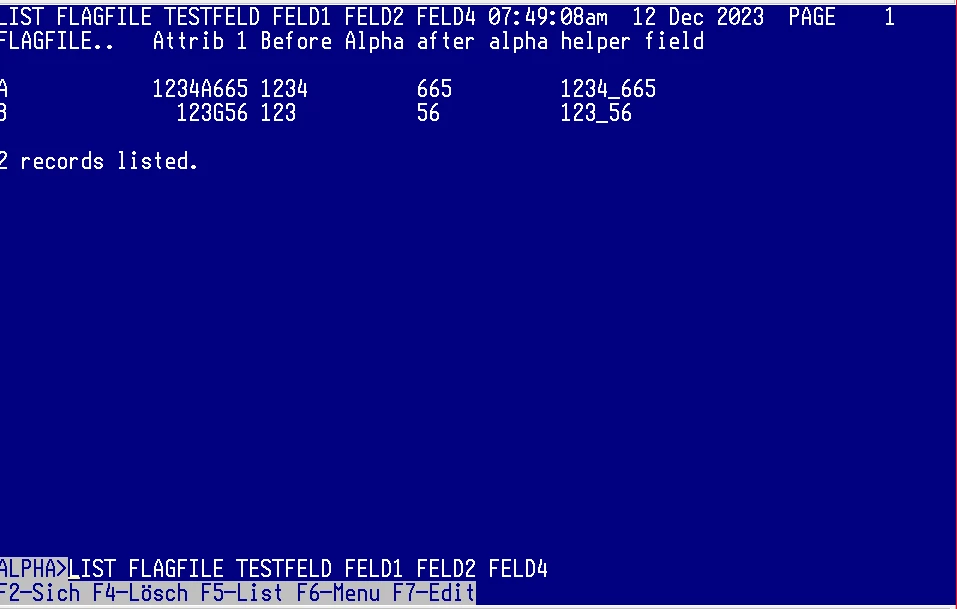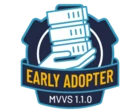I need to create a dictionary that takes the multivalue data from a field in FILE, field<1>
Say:
Field<1> is 123a1]456b2]789c9
I want a dictionary item, say called TEST2 to show only (a1,b2,c9)
Currently i have the Dictionary item TEST2 as I-type with MATCHFIELD(@RECORD<1>,"0N0X",2) in field 2
FILE F1……… TEST2………
1 123a1 a1
LIST FILE F1 TEST2
FILE F1……… TEST2………
I've tried a number of options in the TEST2 dictionary item but no joy. Can anyone help with this. I had done something similar decades ago, but cannot remember how. I want to avoid using a subroutine if I can. Any advice would be greatly appreciated.
Tek.
------------------------------
Tek Ileri
Rocket Forum Shared Account
------------------------------










